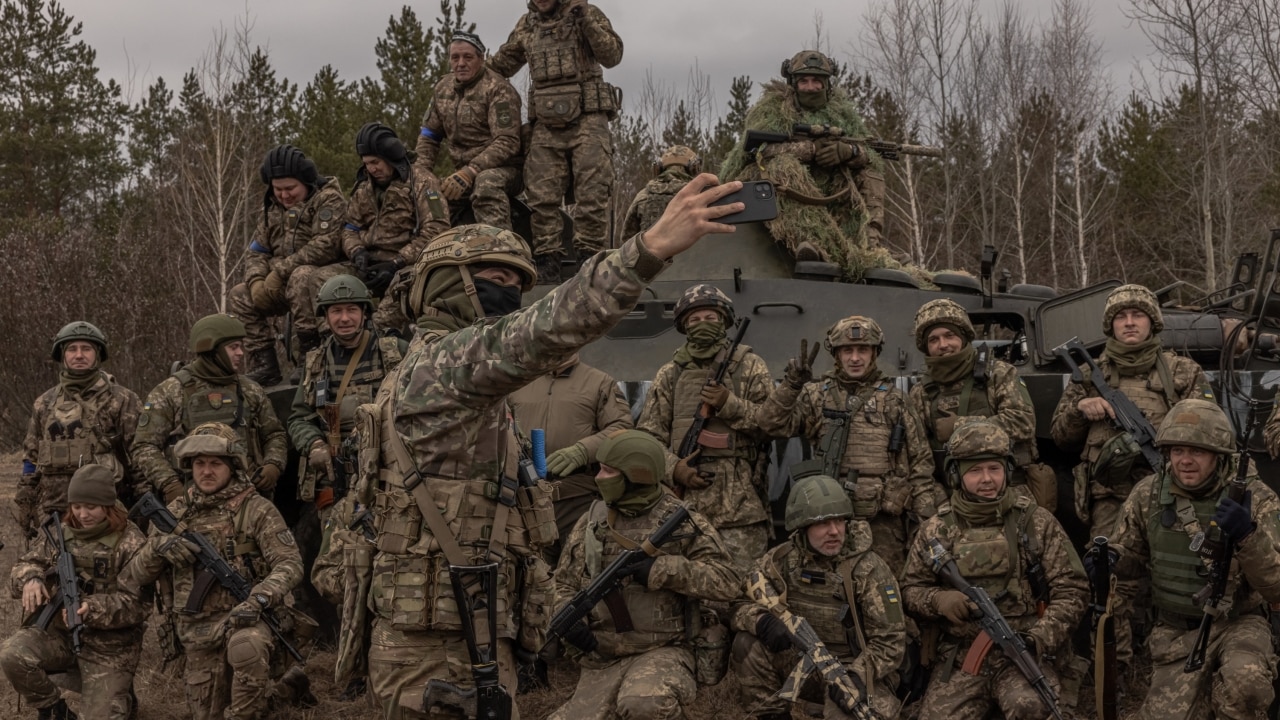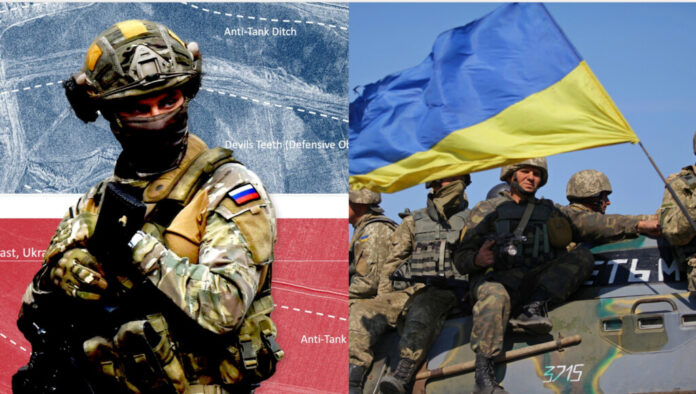“If Ukraine can’t gain dramatically on the battlefield, the question inevitably arises as to whether it is time for a negotiated stop to the fighting. [This war] is expensive, we’re running low on munitions, we’ve got other contingencies around the world to prepare for.”
So said Richard Haass, President of the Council on Foreign Relations, back in April amidst widespread optimism towards the future of the Ukrainian counteroffensive. His view, now in the backdrop of a seemingly struggling Ukrainian counteroffensive, appears prophetic.
Ukraine’s attempts to retake land occupied by invading Russian forces have not performed as well as expected. Ukrainian armored columns were annihilated by Russian minefields, artillery, and close air support. Mortiruaries began to fill up with Ukrainian troops killed in action. And a firestorm of disappointment, doubt, and frustration built up amongst the pro-Ukrainian Western world.
After all, it was the Western North Atlantic Treaty Organization (NATO) that so eagerly aided Ukraine in its existential death throe with its powerful neighbor. Training of nearly 70,000 Ukrainian troops by the United States, Great Britain, Germany, Poland, France, and Spain had occurred. Billions of dollars of tanks, armored vehicles, missiles, artillery, ammunition, medical equipment, fuel, and basic essentials had been donated to Ukraine.
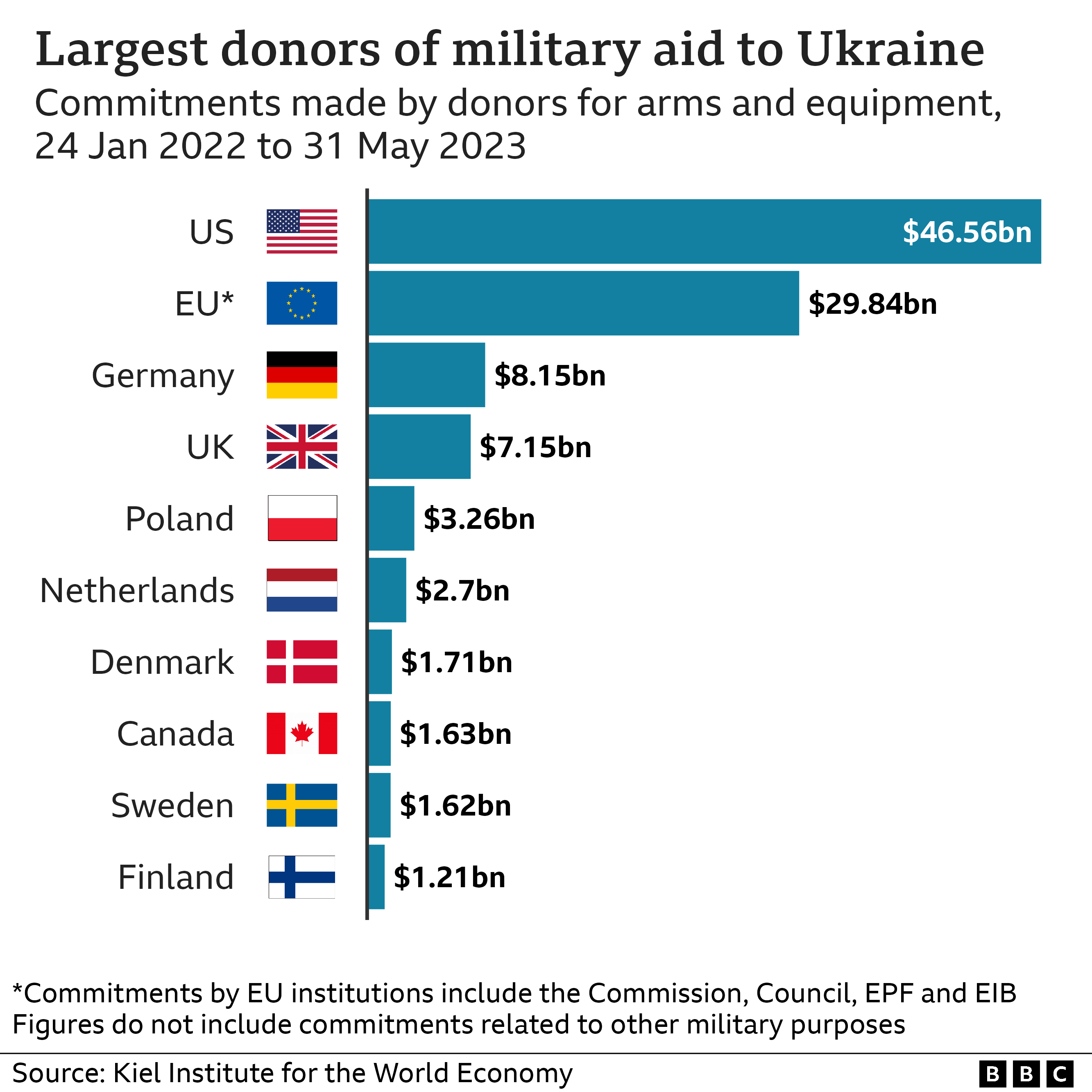
To many in the West, such efforts seemingly went to waste. Many politicians, analysts, and current members of the militaries of said countries have criticized or expressed doubt about Ukraine, and its ability to win this war. Although some have expressed optimism, those voices have been loudly drowned out by those proclaiming the war will remain a stalemate.
The purpose of this article, supported by recent events, reports amongst Russian and Ukrainian channels, military history, and equipment data, is to argue that no, Ukraine has not lost its counter-offensive. In fact, Ukraine has performed remarkably well, considering its limitations, and after months of attrition warfare with Russia, appears close to achieving considerable success on the battlefield.
I will not claim that Ukrainian soldiers will be back home by Christmas, or that Russia will lose all territory seized since 2014. But hopefully, this piece serves as a pushback against the morbid shroud consuming our news and media today regarding the Ukraine war, and that Ukraine still possesses a strong chance of winning the war.
In the coming week, Roundup’s Ukraine Counteroffensive Coverage will be fully released, with Part 1 consisting of this article’s analysis of the campaign, and the upcoming Part 2 consisting of an interview with former Jesuit Assistant Principal and US military veteran Fred Donahue.
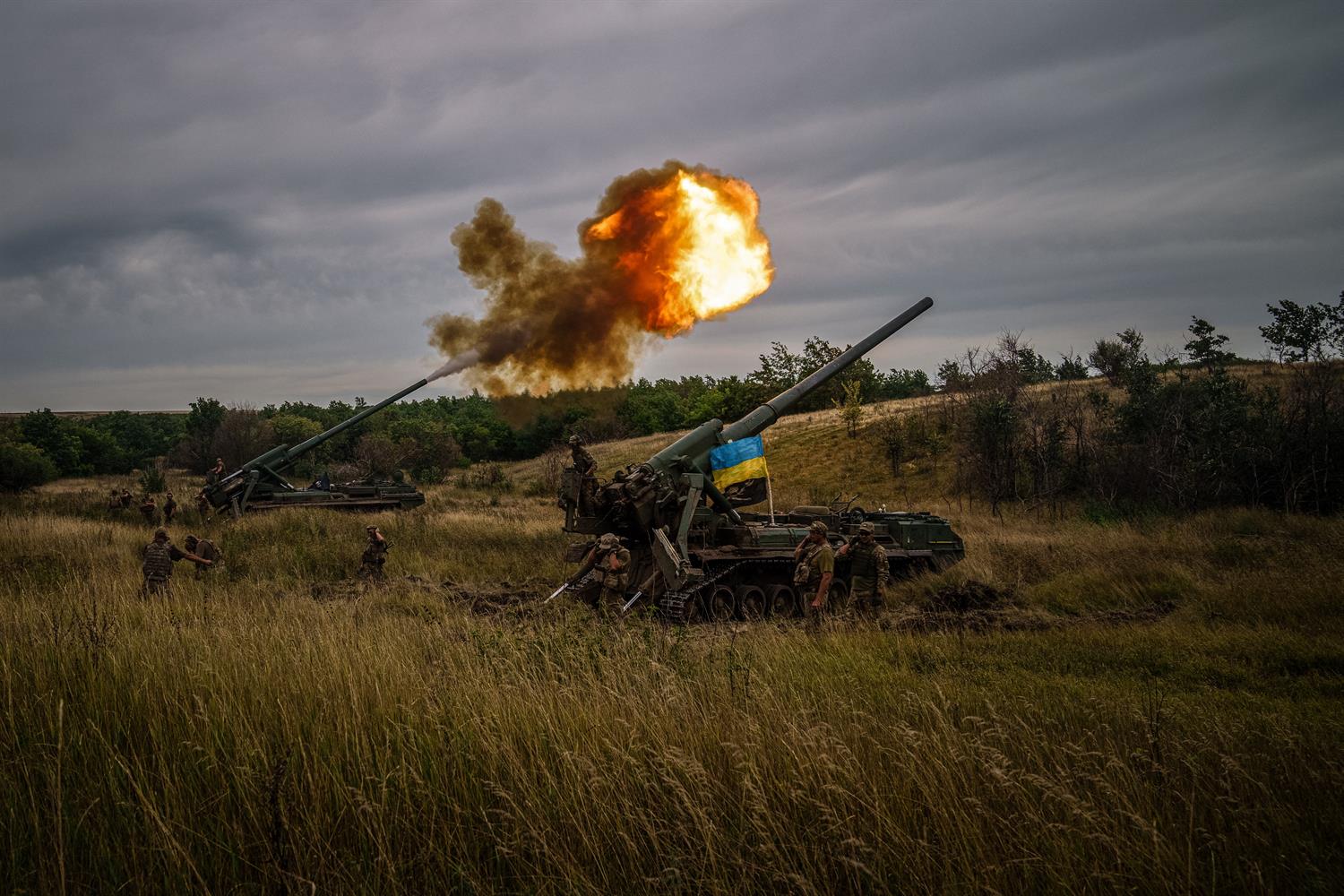
Preparations for the Counteroffensive and Western Aid
After Ukraine’s stunning successes in recapturing large swaths of territory from Russian forces in the autumn of 2022, Western nations hoped that the Ukrainians would eventually end the war by 2023.
“Ukraine’s forces have been effective at conducting combined arms operations…” – Center for Strategic and INternational Studies, 2022.
After all, Ukraine’s motley grouping of forces, a mix of professional soldiers and ragtag militias, had “been effective in conducting combined arms operations against dug-in Russian forces… other [units] have exhibited military innovation at all levels,” according to foreign policy analysts from the Center for Strategic and International Studies in Washington.
On nearly all levels of the battlefield, from logistics, operational planning, irregular warfare, reconnaissance, combined arms warfare, and servicemember morale, Ukraine surged ahead of its Russian neighbor. By December 2022, winter had ground fighting to a halt, but nevertheless, once spring came, Ukraine sought to deliver the knockout blow.

Their goal was to cut the land corridor between the occupied Donbass region and the Crimean peninsula, occupied by Russia since 2014. Reaching the Sea of Azov would prevent any mutual resupply between these two Russian strongholds, and likely precipitate a withdrawal from Crimea should the peninsula come under coordinated missile and artillery bombardment. Such a victory would not only regain the majority of Ukrainian territory seized by Russia but would deliver further humiliation to Russia and perhaps force a surrender.
All that Ukraine lacked, it seemed, was the weapons and material to finish the fight. Ukraine had performed well but needed new materials and equipment to replace the heavy losses it sustained throughout 2022. So Western nations pledged more than 300 tanks to Ukraine, 1,550 armored vehicles, new cruise missiles, and artillery systems, and to train nearly 60,000 Ukrainian personnel in combined arms warfare.

The key phrase here is combined arms – Western nations idealized a new Ukrainian army in 2023 that would effectively utilize tanks, armored vehicles, air power, artillery, and infantry in a coordinated assault on Russian lines to break through. The Russians, according to former Assistant National Security Advisor Richard Hooker, “[may have been] waiting for Ukraine’s attack with low confidence and a sense of foreboding.”
The following two months quickly put a muzzle, but not a mute, to such optimistic sentiment.
Early Tumbles and Hard Goings: June 2023
After preliminary shaping operations throughout early June, Ukraine threw in some of its Western-trained and equipped brigades against Russian lines on June 14th. The resulting attack was described by the Wall Street Journal’s interview of several Ukrainian soldiers:
“Ukrainian vehicles lost their way through confusion or lack of night-vision equipment. One vehicle was blown up by mines laid by the Ukrainians themselves. When they got closer to enemy lines, the Russian defense was ferocious. A Russian antitank missile struck the lead vehicle… the vehicles behind were stuck, and the Russians jammed their communications, then fired antitank missiles, rocket artillery, and laser-guided missiles from helicopters.”
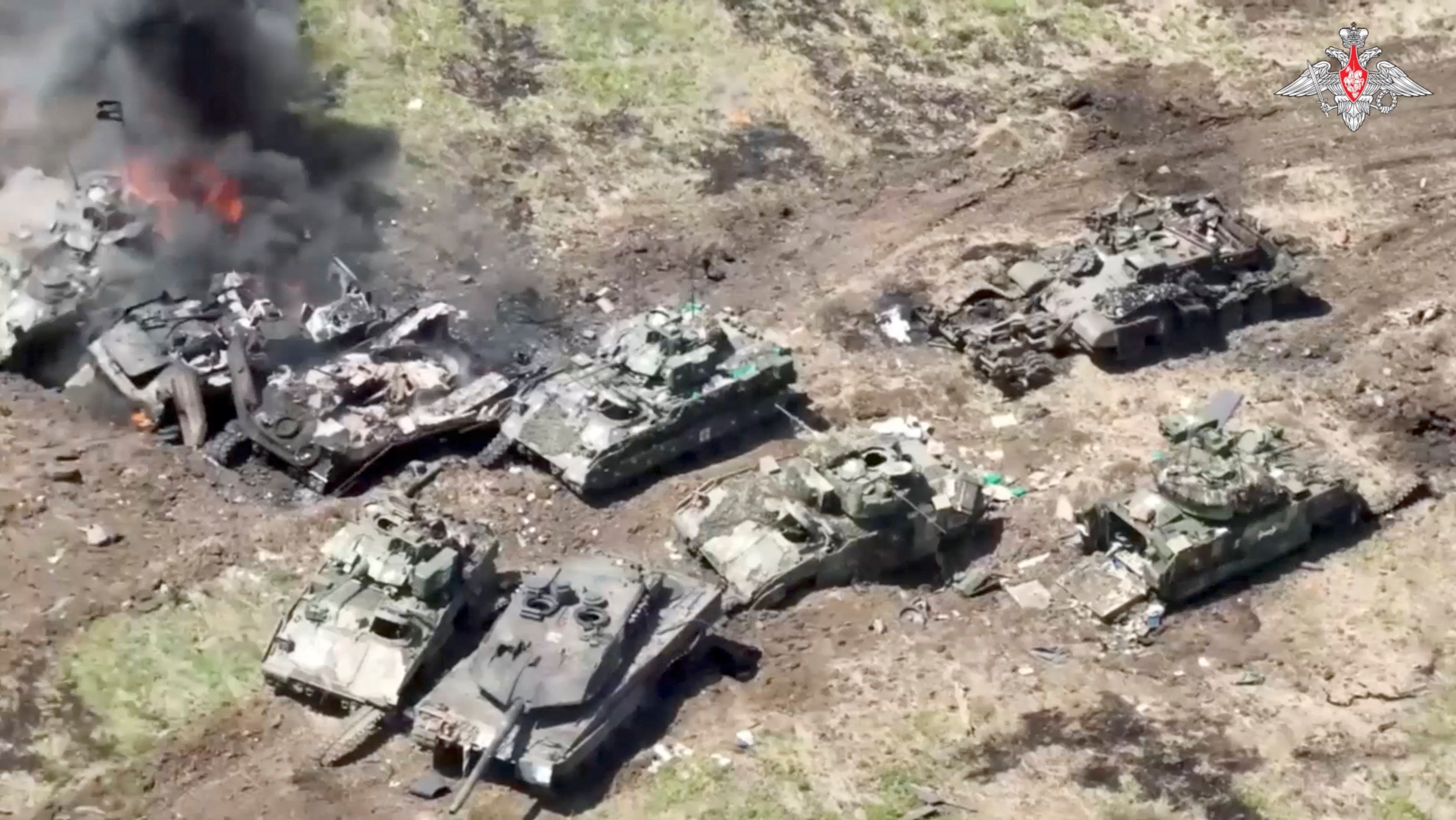
The resulting chaos saw nearly 25 Ukrainian tanks and armored vehicles lost in a single day, and hundreds killed or wounded. While Ukrainian marines some 45 miles to the east saw success in breaking through Russian defensive lines, they were likewise halted after advancing just 5 miles. The defeats of early June, according to analysts, occurred for the following reasons:
- Ukraine lacked proper air support to strike Russian forces in preparation for their armored assaults, which allowed Russian air forces to attack Ukrainian forces with impunity.
- Ukraine, in a rush to break through Russian lines as quickly as possible, crammed masses of armored vehicles in narrow corridors of approach, thus allowing Russian forces to concentrate their defenses in response.
- Dense Russian minefields, which can kill or maim individual soldiers or destroy armored vehicles, were not properly cleared before the assault began, leading to tanks and armored vehicles being destroyed before even seeing the enemy.
It should also be mentioned that Ukraine faces a daunting task in its counteroffensive. Throughout June, they were fighting a foe that had numerical superiority of infantry, localized air superiority, and strong defensive lines. Even if Ukraine had success in previous combined arms operations, they were against far weaker Russian forces in inferior fighting positions.
“Put even a poor soldier in a trench, and he will repel a superior force three times his number.”
The defensive lines remain important because all other perceived Russian failures – poor command, morale, and training – that were exploited earlier in the war are mitigated by defensive fortifications. As Civil War general Ulysses S. Grant noted: “Put even a poor soldier in a trench with fortifications, with cannon in support, and he will repel a superior force three times his number.”
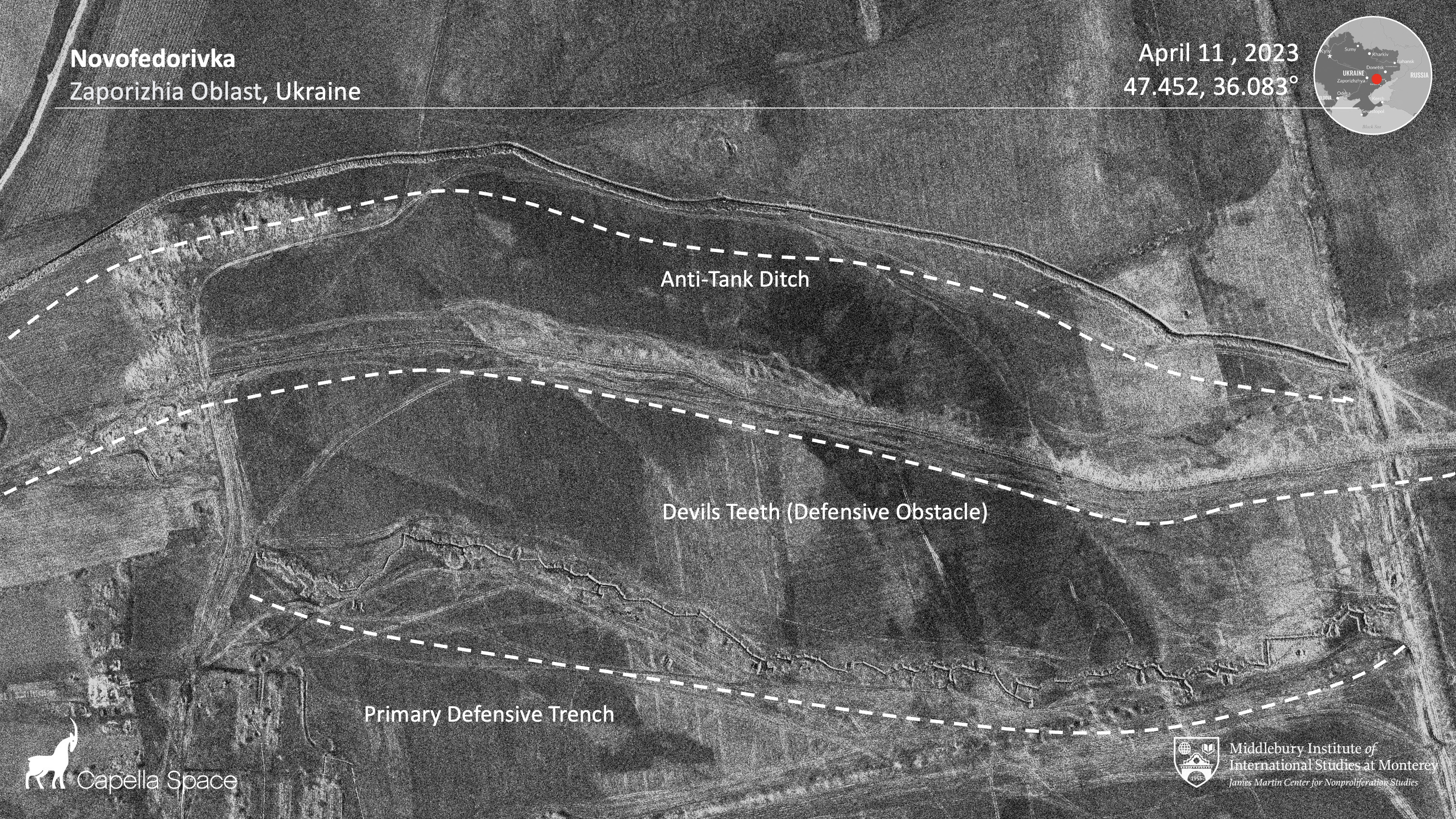
Simply put, it’s comparatively easy to sit in a trench, mostly protected against enemy artillery and bullets, and shoot back at the enemy. Such luxuries were not provided for Ukrainian forces leading the charge in the open fields.
Shifting Strategy towards Attrition Warfare
In response to these early setbacks, by late June Ukraine shifted away from the combined arms strategy taught by its Western allies. Gone were the masses of armored vehicles supported by artillery running headlong into Russian minefields, replaced by a new slower, yet more efficient strategy.
On the battlefield, Ukrainian forces restrained from launching major attacks, instead sending in small groups of infantry to take individual Russian positions. Infantry is much harder to see and hear than dozens of armored vehicles and can avoid minefields due to their greater maneuverability. Naturally, using dozens of foot soldiers in attacks, not backed up by tanks or artillery, made for small gains, sometimes for only a few dozen yards a day.
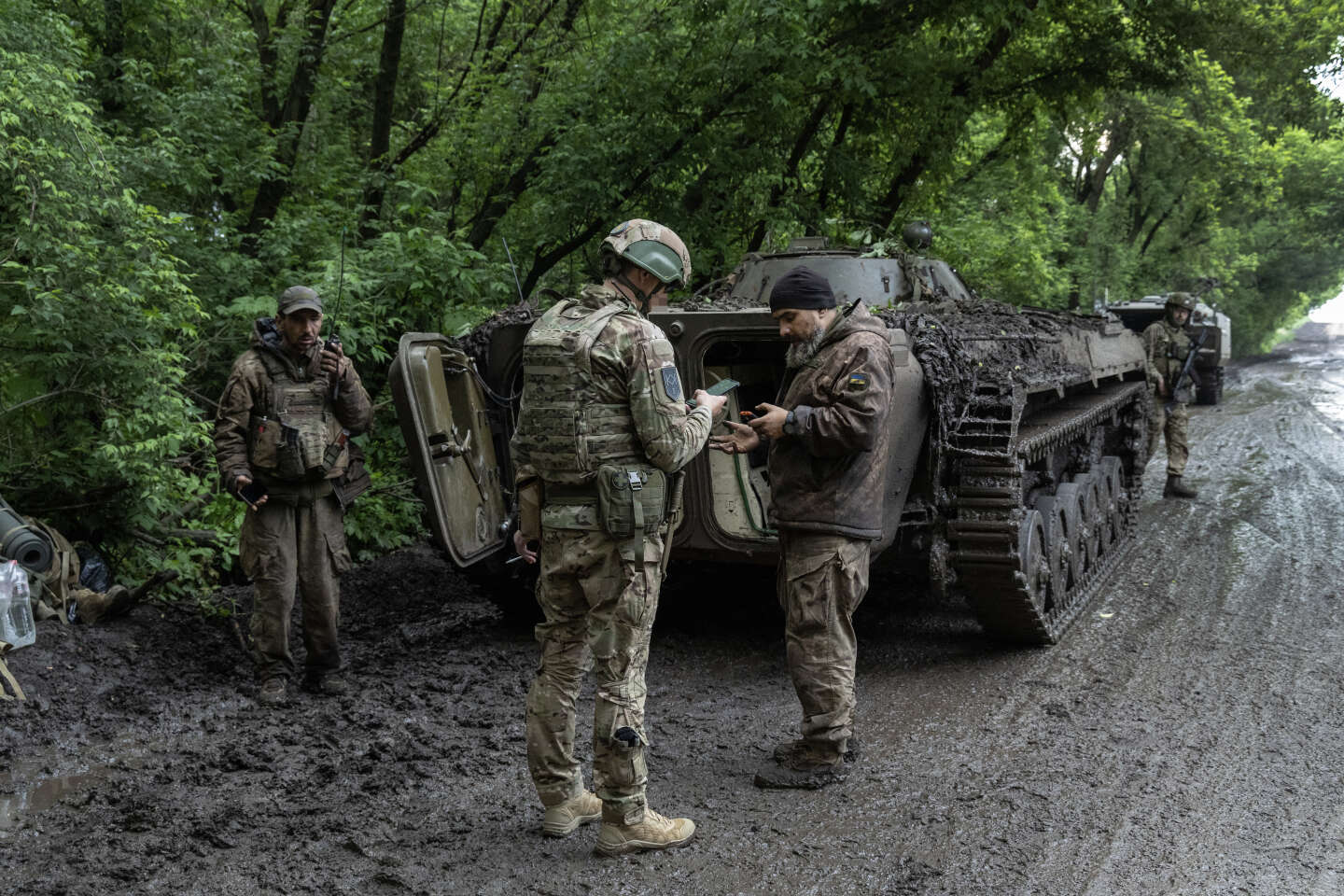
Ukraine then began to use its artillery and newly donated cruise missiles to strike Russian air force bases, artillery systems, railroad junctions, headquarters, and troop concentrations. These strategies are called “shaping operations” because of how they are used to shape the battlefield to achieve the best chances for any impending attack.
For example, Ukrainian strikes on Russian ammunition depots began to cause dire ammunition shortages among defending soldiers. Cruise missile attacks killed two Russian generals in the span of a month and drone attacks on Russian supply routes such as the Kerch Strait Bridge placed Russia under increasing logistical pressure. Counterbattery artillery fire – essentially using radar to discover where enemy artillery batteries are located – destroyed 3 Russian howitzers for every Ukrainian piece lost.
It should be noted that Ukraine’s ability to conduct these “deep strikes” is limited because of the lack of available equipment. For example, there are likely only a few dozen remaining cruise missiles left that have the range to strike deep within Russian lines, and thus the shaping operations are somewhat limited in their effectiveness.
All this occurs whilst Ukraine deliberately holds back the majority of its Western-trained and equipped brigades, avoiding the temptation to throw them into the meatgrinder.
Western Criticism
Needless to say, such operations did not produce immediate battlefield success, and the frontline from June 14th to July scarcely changed. This did not please Ukraine’s western backers, who began to fret over the pace of the attacks. Again, NATO members were extremely optimistic about the Ukrainian counteroffensive. As the Guardian wrote:
“The most optimistic case of wishful thinking was the expectation that Ukrainian troops trained for a few months in Nato states and armed with Nato equipment would instantly be able to fight the Nato way.”

German military officials criticized Ukraine’s military for not following NATO doctrine and reverting to small unit advances, whilst anonymous American officials complained that “they [Ukraine] have not used more of the combat power that they have,” referencing the Ukrainian decision not to commit its best trained and equipped formations yet.
“The most optimistic case of wishful thinking was the expectation that Ukrainian troops trained for a few months in Nato states and armed with Nato equipment would instantly be able to fight the Nato way.”
And on August 17th, a leaked U.S intelligence report assessed that “Ukraine’s counteroffensive will fail to reach the key southeastern city of Melitopol… mean[ing] Kyiv won’t fulfill its principal objective of severing Russia’s land bridge to Crimea in this year’s push.”
Ukrainian officials shot back, including Yuriy Sak, an advisor to Ukrainian President Zelenksy, commenting: “Look, we are facing an enemy that outnumbers us in terms of personnel, artillery and everything else. We have to be David in this battle against Goliath, which means we have to be smart.”
Additionally, without air superiority (as Western nations have yet to provide fighter jets to support Ukraine) the counteroffensive cannot occur in a quick manner. CNN commented the following: “NATO armies would not consider tackling the minefields and defenses along the southern Zaporizhzhia front without high-end armor, anti-demining equipment, or air superiority.”
Zelenksy himself stated that while the counteroffensive was moving slower than desired, the Ukrainian Armed Forces were deliberately holding back troops to save lives, whilst softening Russian forces to shape conditions for a breakthrough.
An Optimistic View of the Counteroffensive
Overall, I posit that Western criticism of the Ukrainian’s slow progress is understandable, but for the most part unfounded. Ukraine’s slow and deliberate strategy has weakened Russian forces significantly and delivered key military successes.
Ukrainian Shaping Operations
First, the shaping operations. Ukraine’s ability to indirectly weaken Russia’s ability to wage war through attacks on its supply lines is a staple of the conflict. In the Kherson counteroffensive last year, Ukraine attacked Russian lines of communications and logistics constantly, necessitating a Russian withdrawal and surrender of hundreds of square miles of territory.
Analysts today seem to forget that before Ukraine dramatically recaptured Kherson, they suffered heavy losses assaulting Russian positions head-on and it took them nearly 3 months to seize the city. But their victory, even if hard-fought, was assured when they severed the logistical arteries that fed, equipped, and supported Russian troops.
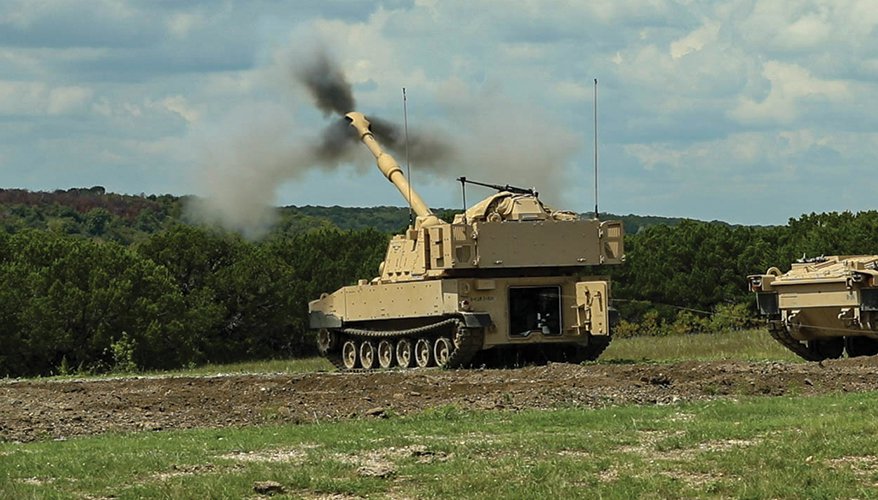
Simply put, Napoleon Bonaparte puts it best: an army marches on its stomach. Even if Russian troops occupy strong defensive positions, a shortage of ammunition, food, or spare equipment will take its toll over time and result in defeats.
The media, political figures, and the general population expect a flashy victory, like the American invasion of Iraq in 2003 or the previous Ukrainian counteroffensives. In reality, this war remains highly unpredictable in nature and we shouldn’t expect it to play out like in a video game – patience remains a tenet in successful wartime strategy.
“Bite and Hold”: The Historical Precedent of Ukraine’s Strategy
Second, historical precedent. Ukraine’s strategy appears to emulate the British WW1 doctrine of “bite and hold” attacks, where slow, methodical advances meant to gradually gain ground are emphasized. Like the Russian defenses in 2023, the British Commonwealth armies faced an impressive array of German defenses that consisted of bunkers, trenches, barbed wire, and fire emplacements for miles deep.
To combat these strong positions, the British launched small, localized attacks with the intent to seize the first line of defenses, and then consolidate their forces and prepare for future assaults. Since the Germans – akin to the Russians – intentionally designed their first line of defense to be the weakest, the British advance was designed to never meet significant resistance, and thus prevent high casualties.
The Germans were faced with a dilemma: either attack to regain their lost fortifications, or build a new line of fortifications in the rear to withdraw to, in order to maintain their doctrine of possessing a defensive layer.

For the former strategy, the Germans were forced to launch costly attacks that sapped their strength, such as at the Battle of Passchendaele, where German forces elected to stand their ground and fight in an attempt to prevent British advances, which only caused them to suffer massive casualties (nearly 350,000).
For the latter strategy, German forces were forced to retreat constantly, ceding miles of ground to the advancing British which proved politically unpopular at home.
The Ukrainians, like the British, have seized on this strategy and achieved modest success. Ukrainian forces gained footholds in villages such as Urozhaine and Robotyne, which are small in size and seemingly insignificant. However, Russian forces refused to cede any ground and thus committed significant forces to counterattacks to retake the villages.
What resulted next was a bloodletting that saw Ukraine commit some of its reserve brigades, whilst Russian forces poured their elite airborne divisions into the fight. In this battlefield vortex, Russia was forced to bring up its artillery and air forces to support the fight, and Ukraine seized on the opportunity to target both systems.
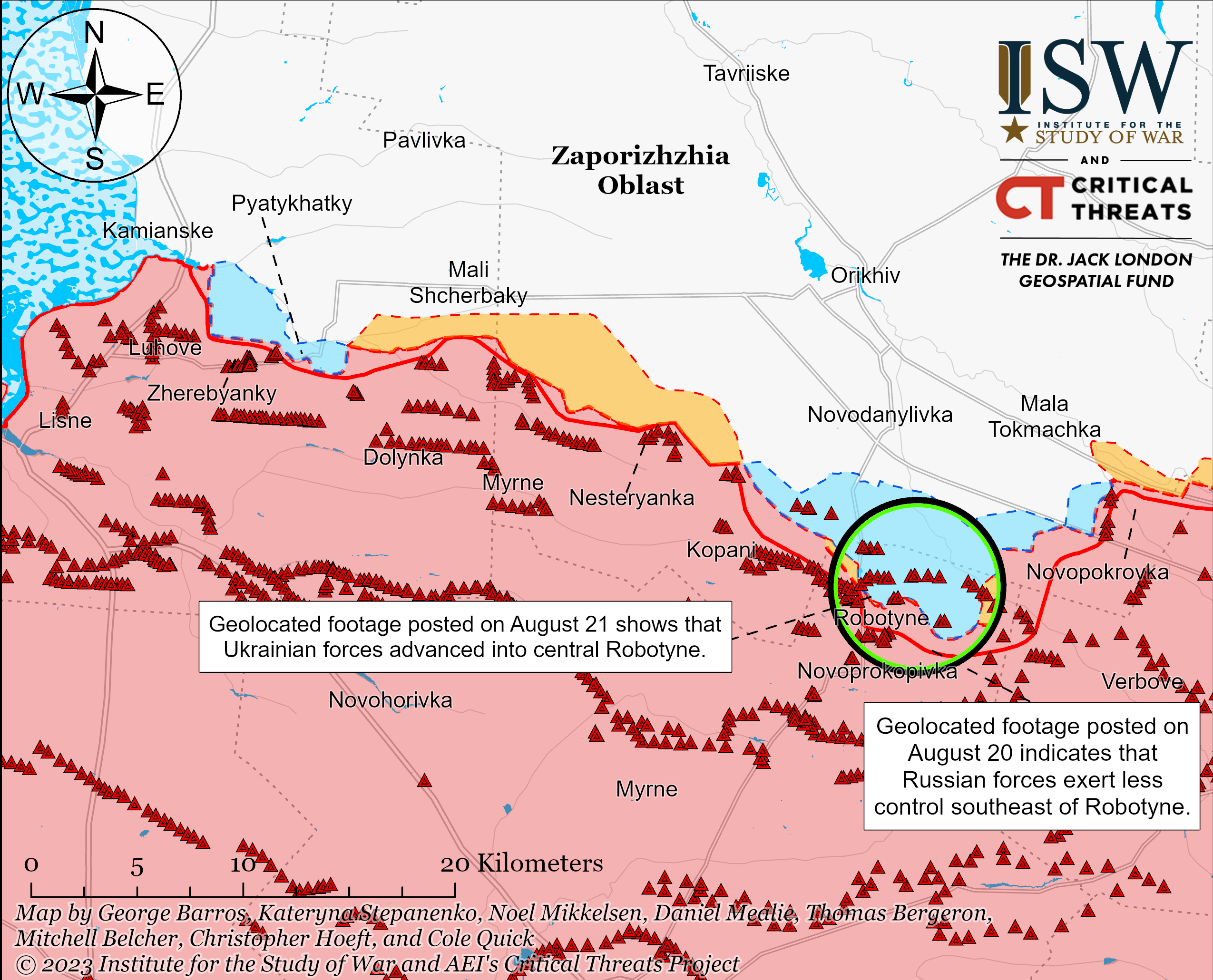
Due to superior Ukrainian training and equipment, Russian artillery and aircraft have been destroyed at several times the rate of their Ukrainian counterparts. The same tools that Russia used so effectively early in the counteroffensive are being carelessly thrown into meatgrinder battles that the Russians can ill afford.
The effect of Russia’s decision to contest every Ukrainian advance has had deleterious effects on its forces. Some Russian companies – ideally more than 200 strong – are commanded by privates or corporals, the lowest rank in the Russian army, indicating severe casualties amongst Russian units.
According to Russian commander Alexander Khodakovsky, Ukrainian forces employed effective artillery fire to incapacitate Russian forces, worsened by a lack of readily available reinforcements for the Russians.
If Russia was willing to retreat and wait for the Ukrainians to come to them, they would likely replicate much of their success from June. Instead, they seek to fight for every inch of ground lost, placing themselves in an unwinnable war of attrition, and thus weakening their overall defenses.
If Ukraine can keep up the pressure to target Russian logistics and continue to launch limited and cautious attacks on the frontline, then territorial gains will come naturally as exhausted Russian forces give way. Then, if Russian forces launch counterattacks to retake any lost ground, Ukrainian forces can inflict disastrous casualties on their enemy, and repeat the cycle.
On August 26th, the Institute for the Study of War reported the following:
“Ukrainian forces have made further tactically significant gains in western Zaporizhia Oblast… Ukrainian forces are advancing through the most challenging series of prepared Russian defensive positions.” In the upcoming days and weeks, it seems that Ukraine’s strategy has retained its reserves, and has allowed it to advance at a faster pace now that it has breached Russia’s strongest line of defense. Still, it will remain a hard slog and we likely won’t see the full fruition – or dismay – of Ukraine’s counteroffensive in the near future.
“I don’t think there’s any other nation or people in the world who would want this counteroffensive to be moving faster,” Ukrainian security advisor Yuriy Sak said. It’s just that, for now, Ukraine has to play it slow and allow its own battlefield advantages to coincide with Russian strategic errors. I still believe, based on recent events, the chance for a successful counteroffensive remains high with this new strategy. As the US Navy SEALS say: “Slow is smooth, and smooth is fast.”
